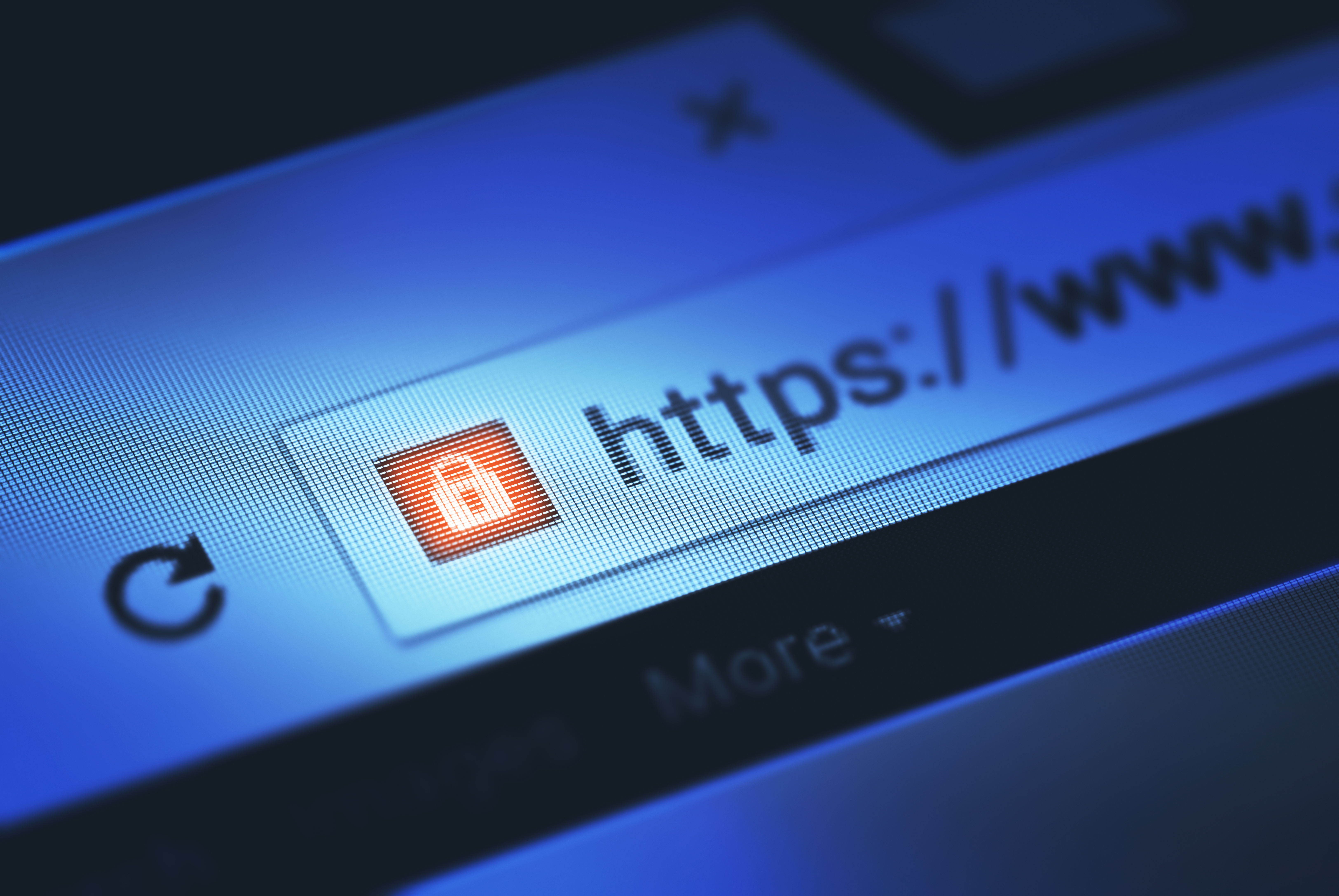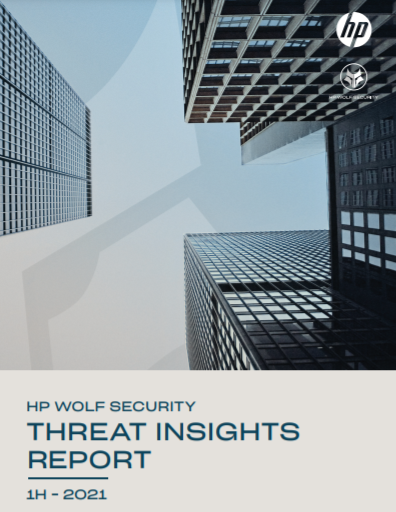Large companies fall short on domain security
Most large businesses still need to implement enterprise-level controls


The majority of organisations on the Forbes Global 2000 list are vulnerable to attacks on their internet domains due to poor security, according to a study released today by domain registrar and digital branding company CSC.
The company analyzed domains owned by the top 2000 companies on Forbes' list to assess their domain security controls. It found that many of them failed to implement domain security controls that would help to prevent phishing and domain hijacking.
Half of the companies surveyed do not use Domain-based Message Authentication, Reporting, and Conformance (DMARC), a protocol used to verify that emails came from a legitimate address.
IT software and services companies were the highest adopters, at 74%, followed closely by health care equipment and services, semiconductor manufacturers, and media companies. Construction companies (28%) were the least likely to use the tool.
CSC also found low usage of several other domain protection methods. Only 5% of companies used DNSSEC, a protocol that prevents DNS cache poisoning attacks. The same number used certificate authority authorization (CAA) records, which designate a separate certificate authority for a company's domains. This stops an attacker from accessing a company's digital certificates if they get control of a domain.
Registry locks secure domain name transactions from end to end, helping to prevent domain hijacking. Only one in five companies used these.
RELATED RESOURCE

HP Wolf Security: Threat insights report
Equipping security teams with the knowledge to combat emerging threats
CSC also searched for suspicious domains often used in phishing attacks that hackers might use to target companies on the list. These included fuzzy matches, which substitute alternative Latin characters in domains (such as 0 instead of o), “cousin” domains using different top-level domains (like country-level domains instead of .com), domains that mix topical keywords in with a company name, and homophones, which use names that sound like others.
Sign up today and you will receive a free copy of our Future Focus 2025 report - the leading guidance on AI, cybersecurity and other IT challenges as per 700+ senior executives
Researchers also searched for homoglyph-based domains (also known as homographs). These domains use Unicode characters from non-Latin character sets such as Cyrillic or Greek that look like Latin characters, enabling them to mimic popular targets' domain names.
The company found that 70% of these suspicious domain types were owned by third parties, with 60% registered since the beginning of 2020. Most domains (57%) pointed to advertising or pay-per-click (PPC) web content or were parked. However, nearly half (44%) were configured to send and receive email, making them potential vehicles for phishing spam.
Danny Bradbury has been a print journalist specialising in technology since 1989 and a freelance writer since 1994. He has written for national publications on both sides of the Atlantic and has won awards for his investigative cybersecurity journalism work and his arts and culture writing.
Danny writes about many different technology issues for audiences ranging from consumers through to software developers and CIOs. He also ghostwrites articles for many C-suite business executives in the technology sector and has worked as a presenter for multiple webinars and podcasts.


